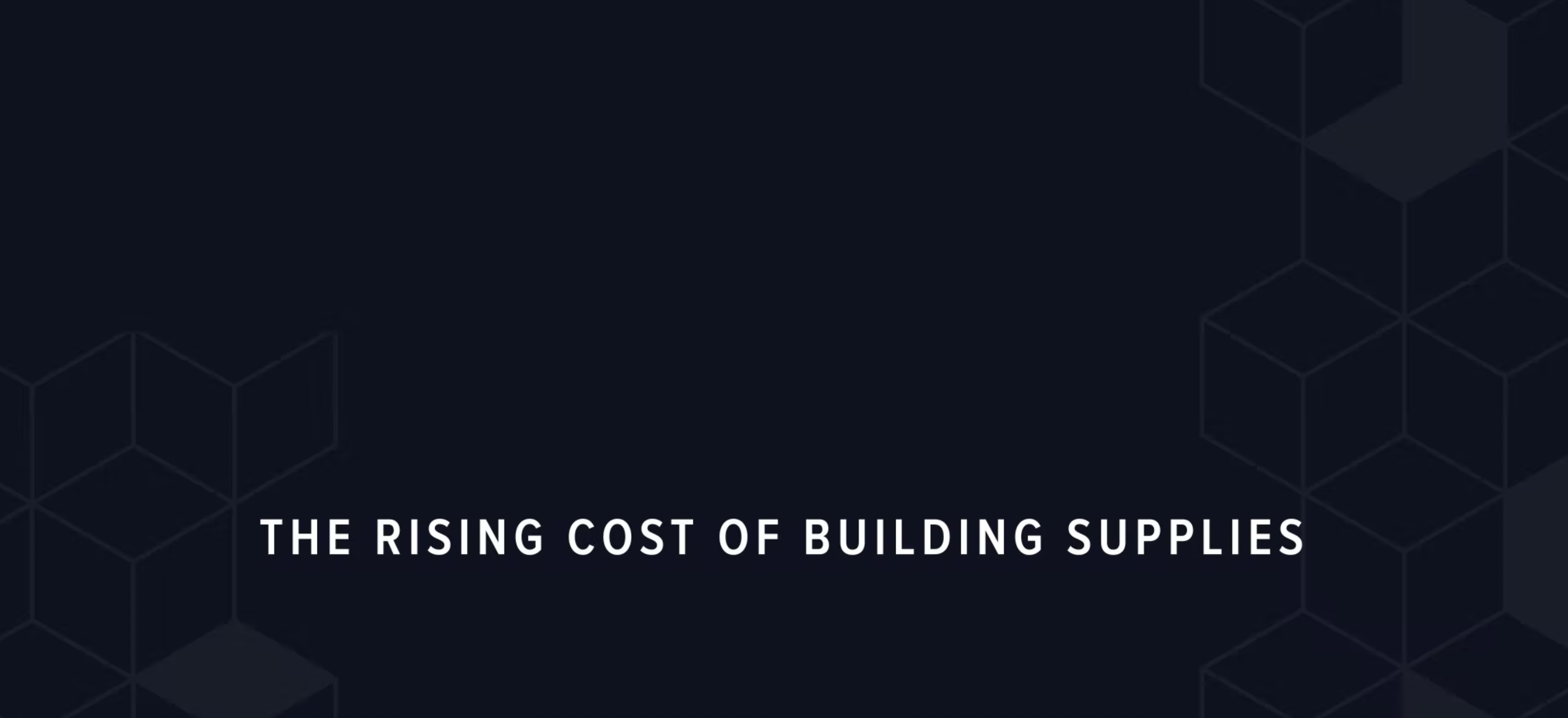Challenges bring opportunity, and today’s construction industry is no exception.
The construction industry looks wildly different today than it did before COVID. From labor shortages to price escalation, the changes have impacted everyone involved.
When asked about the rising prices of materials in the construction industry, Todd Missel, Vice President / General Manager at PARIC Corporation, answered, “I think what we failed to recognize is that the market had a surprise for us in terms of material escalation coming.”
In 2020, the industry hit a stopping point. Missel explains the drastic, swift changes, “Investors and developers got cold feet regarding their deals. Lenders did as well, and most of us experienced between a 20 and 30 percent decrease in revenue, nearly overnight.”
Though the revenue took a hard and fast hit, other changes hit much later.
A year after COVID began, the price of lumber increased by 300-500 percent. The raw materials industry was, like most other industries, impacted by staffing shortages. And those shortages created problems on both the supply chain and material delivery side of commercial construction, resulting in steep price increases.
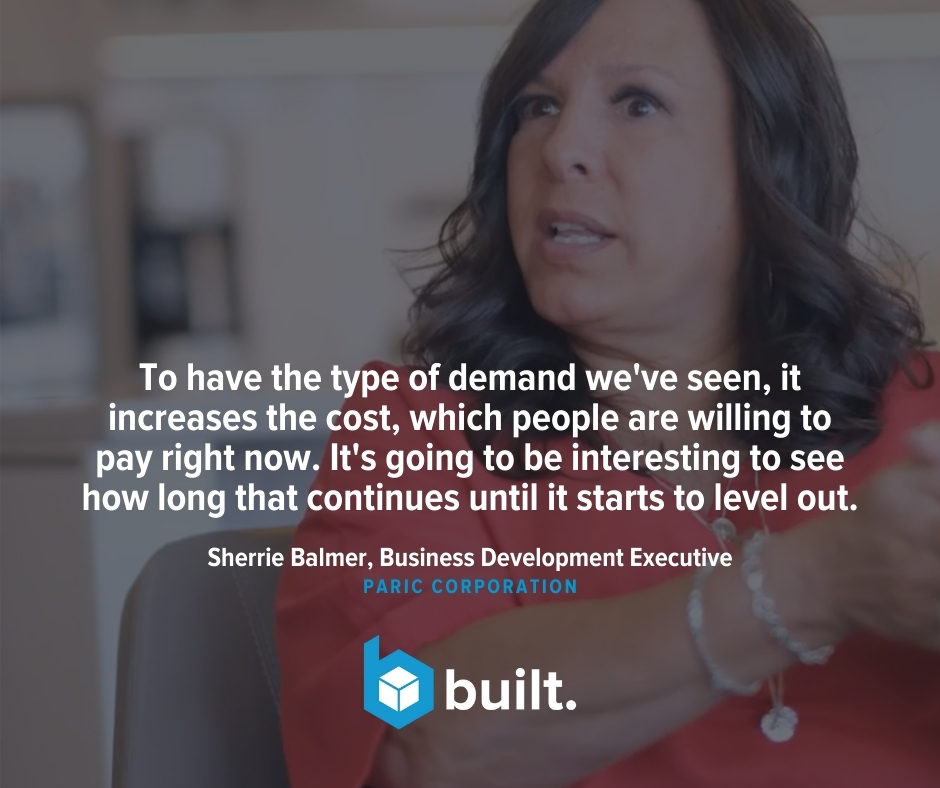
Along with the price increase of supplies, companies were scrambling to forecast project intake of projects as pent-up demands and other factors were resulting in never-before-seen influxes of projects. Before COVID, construction companies could gauge staffing bandwidth and product availability based on the time of year, but post-pandemic opened a floodgate.
Sherri Balmer, Business Development Executive at PARIC Corporation expresses that from the construction end, “There’s a need to continue things along. The horizontal construction is picking up so fast that we have to work hard to keep up with it.”
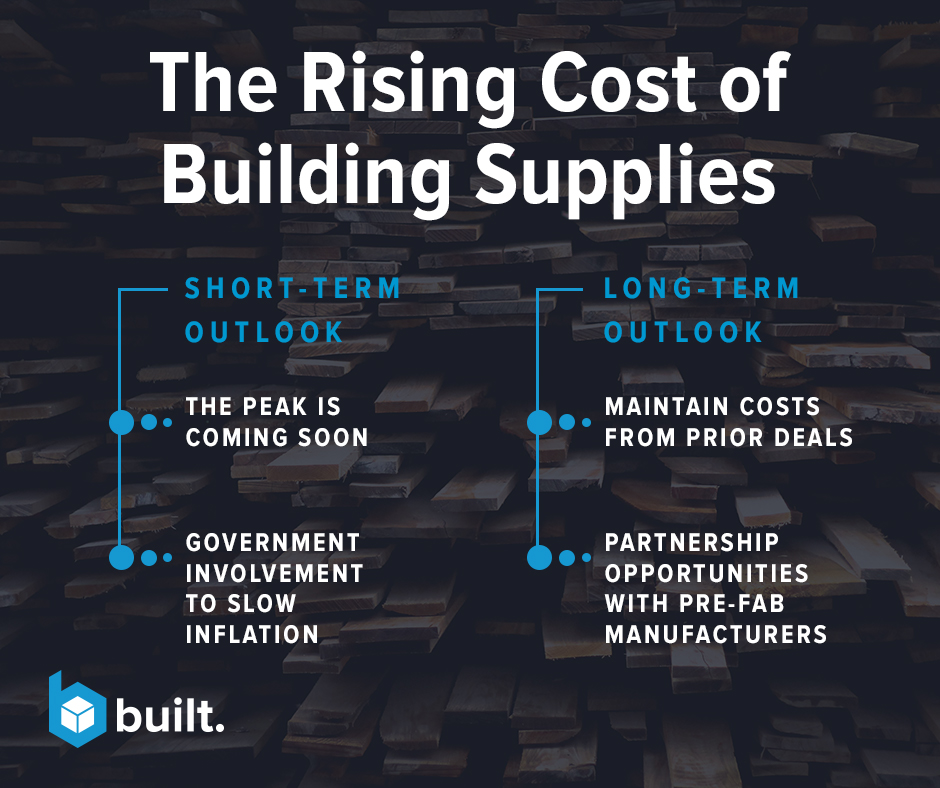
Now, commercial construction operates at an even faster rate. While the pandemic forced people to stay home, the projects keep picking up. The more time people had at home, the more time they spent considering home renovation projects.
With a shortage of supply and labor and an increase in prices, construction businesses are realizing they need to think ahead and lean into nontraditional construction methods.
As Missel looks ahead to the next five to ten years, he expects clients will want to know more about maintaining deal costs.
And he sees this challenge as an opportunity for those working in prefabrication construction. Missel explains that prefab construction companies will be able to “use those principles of production from manufacturing to drive waste out of our supply chains, which will help drive value into projects. And we seek those partners who are willing to think outside of the box.”
Prefabrication companies were already thinking and performing with today’s solutions in mind before the pandemic even began.
Balmer expands on the path forward with the right partners. “We can come in as a team with PARIC and Built and educate them on what we can provide as a team and help them have an understanding of what this means on the ROI in the long run,” states Balmer.
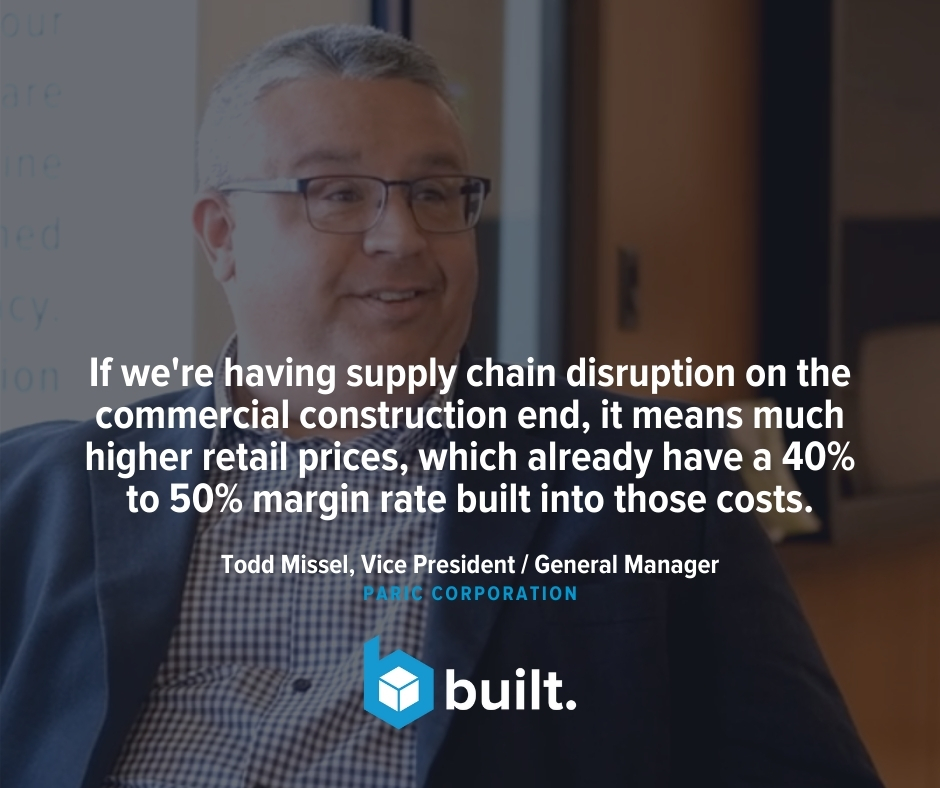
HEAR THE CONVERSATION
